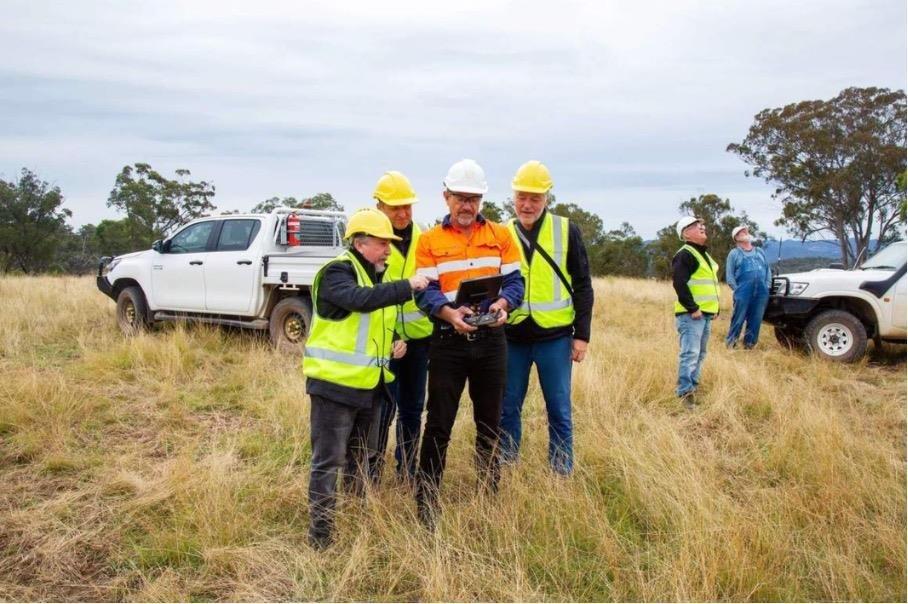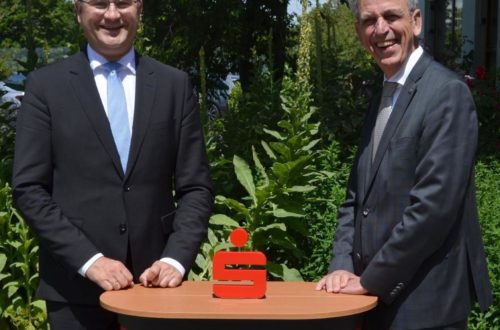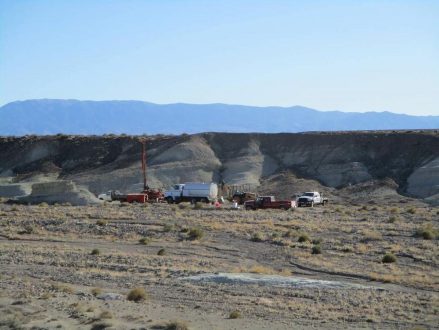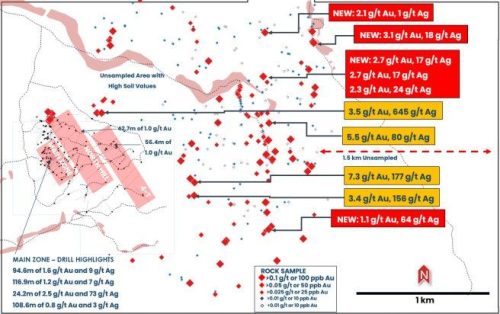
Many applications need tin
New energy and electronics technologies work with the help of tin, for example with solder. There’s the 5G-based industry, for example, which needs the metal in the so-called fourth industrial revolution. Tin is also present in electric vehicles and other climate change-related infrastructure. The longer-term demand outlook is therefore generally seen as positive. Another growing area that should provide more demand is tin chemicals, such as for PVC stabilizers. Tin is currently used as a component of tinplate in food cans or even in lids. The use of tin in lead-acid batteries, especially in China, is expected to increase with more hybrid cars and vehicles with start-stop technology. Brake pads, for example, contain tin and other alloys, as do lithium-ion batteries.
Tin prices are rather volatile. In 2011, a ton of tin cost around 24,000 euros; in November 2021, tin prices reached a record high of more than 35,000 euros per ton. In U.S. dollar terms, the price even exceeded 40,000 U.S. dollars per ton. Today, just under 20,000 euros is payable. However, tin is more stable in value than paper currencies. From a historical point of view, tin has appreciated in value, albeit creepily. On the international stock exchanges, the raw material is traded in U.S. dollars, so it is currency dependent. In 2021, approximately 378,000 tons of tin were produced worldwide. Investors who, like many analysts, expect tin demand to rise should take a look at Tin One Resources or First Tin.
Tin One Resources‘ – https://www.youtube.com/watch?v=SOsG2wWURp4 – tin projects are located in Tasmania and New South Wales in Australia. High-grade drilling results are available.
First Tin – https://www.youtube.com/watch?v=bomWcs8Y8Vg – plans to produce on two projects in the next three years. These are located in Australia and Germany.
Current corporate information and press releases from First Tin (- https://www.resource-capital.ch/en/companies/first-tin-plc/ -).
In accordance with §34 WpHG I would like to point out that partners, authors and employees may hold shares in the respective companies addressed and thus a possible conflict of interest exists. No guarantee for the translation into English. Only the German version of this news is valid.
Disclaimer: The information provided does not represent any form of recommendation or advice. Express reference is made to the risks in securities trading. No liability can be accepted for any damage arising from the use of this blog. I would like to point out that shares and especially warrant investments are always associated with risk. The total loss of the invested capital cannot be excluded. All information and sources are carefully researched. However, no guarantee is given for the correctness of all contents. Despite the greatest care, I expressly reserve the right to make errors, especially with regard to figures and prices. The information contained herein is taken from sources believed to be reliable, but in no way claims to be accurate or complete. Due to court decisions, the contents of linked external sites are also co-responsible (e.g. Landgericht Hamburg, in the decision of 12.05.1998 – 312 O 85/98), as long as there is no explicit dissociation from them. Despite careful control of the content, I do not assume liability for the content of linked external pages. The respective operators are exclusively responsible for their content. The disclaimer of Swiss Resource Capital AG also applies: https://www.resource-capital.ch/en/disclaimer/
Swiss Resource Capital AG
Poststrasse 1
CH9100 Herisau
Telefon: +41 (71) 354-8501
Telefax: +41 (71) 560-4271
http://www.resource-capital.ch
Telefon: +49 (2983) 974041
E-Mail: info@js-research.de
![]()




